Toolkit
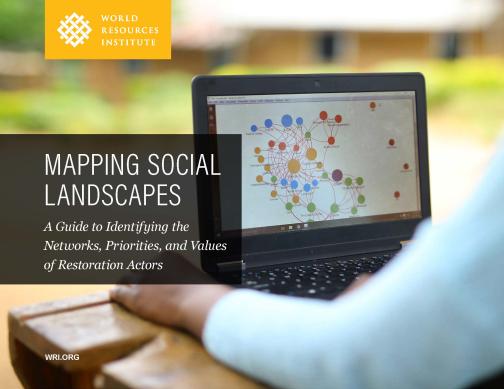
Mapping Social Landscapes
A Guide to Identifying the Networks, Priorities, and Values of Restoration Actors
This guidebook helps planners understand the priorities, values, and resource use patterns of people within a landscape to improve landscape restoration efforts.
Biophysical opportunities mapping is a well-established technique used in forest and landscape restoration. However, there is also a need to map social opportunities and better understand social landscapes.
This guide provides a methodology for urban leaders to understand landscape governance by mapping the resource flows, priorities, and values of people living and working within a city or specified area. The approach goes beyond the biophysical aspects of a landscape, seeking to understand how people impact restoration and resources. The guidebook focuses primarily on restoration, but the same methodologies can be adapted to broader analysis of natural resource governance. This resource was produced by WRI and is also available in Portuguese and French.
Learn more
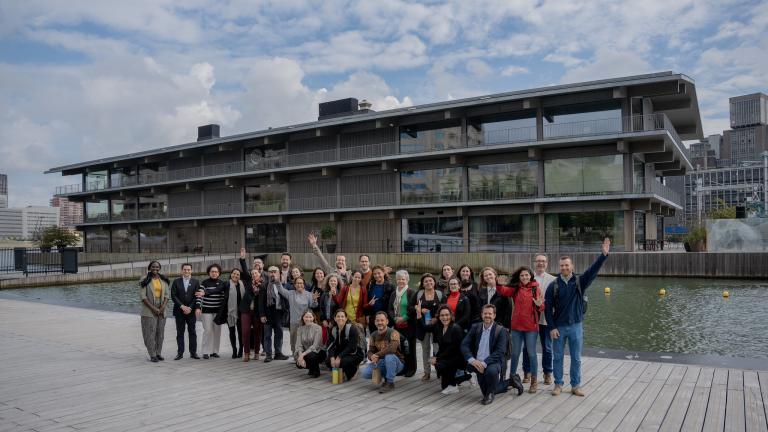
PEOPLE-CENTERED AND CLIMATE RESILIENT PLACES: PEER-TO-PEER EXCHANGE FOR LATIN AMERICAN CITIES
Hosted in Rotterdam, this P2P Exchange will explore integrated and sustainable urban development strategies to fight climate change and promote livable neighborhoods.
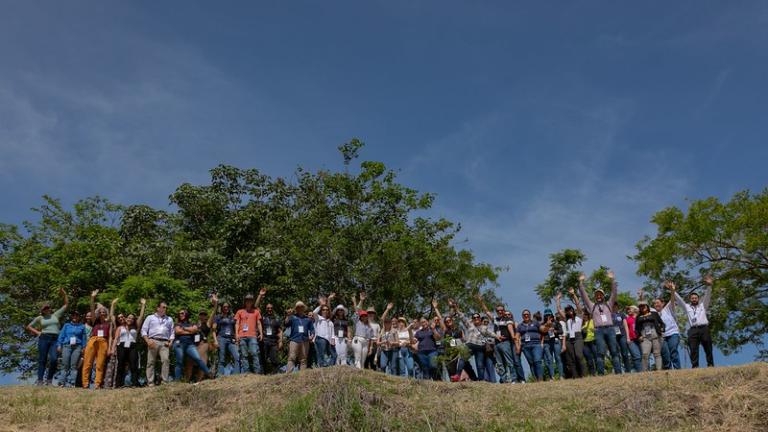
UrbanShift Looks Back: Reflecting on the Impact of our Capacity-Building Offer
WRI’s Mariana Orloff and John-Rob Pool share highlights and learnings from our broad capacity-building efforts, from the City Academy to Peer-to-Peer Exchanges.
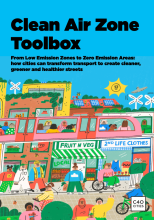
Clean Air Zone Toolbox
This toolbox is for all C40 and non-C40 cities planning, developing and implementing Clean Air Zone policies.
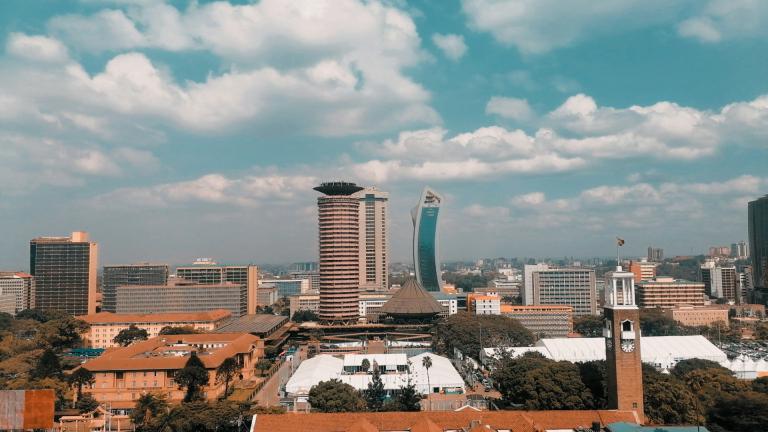
GREEN & RESILIENT URBANSHIFT AFRICA FORUM 2025
UrbanShift's forum for Africa will gather leaders from cities and national governments from across the continent to collectively discuss the role of urban planning amidst rapid urbanisation and climate breakdown.
